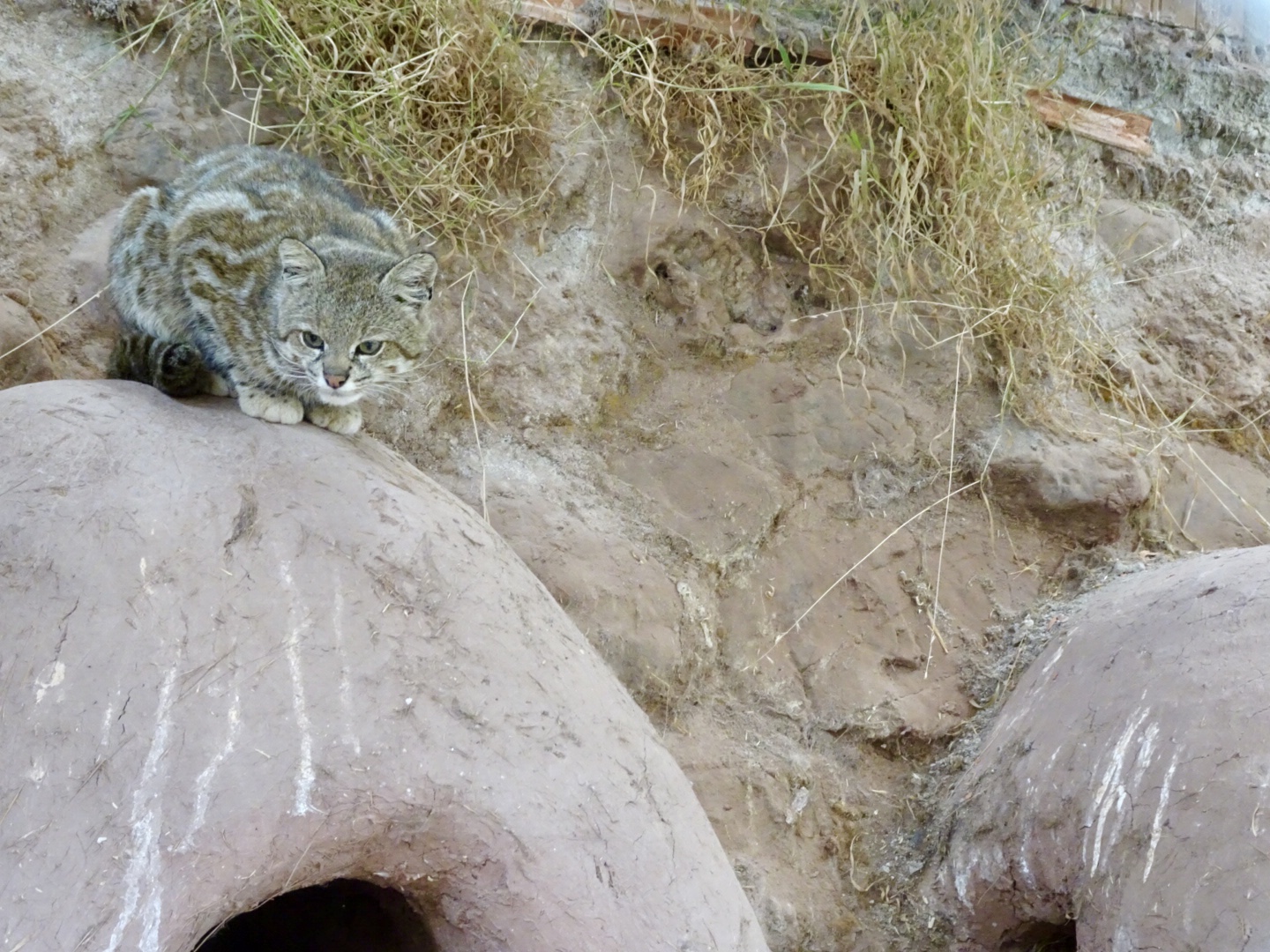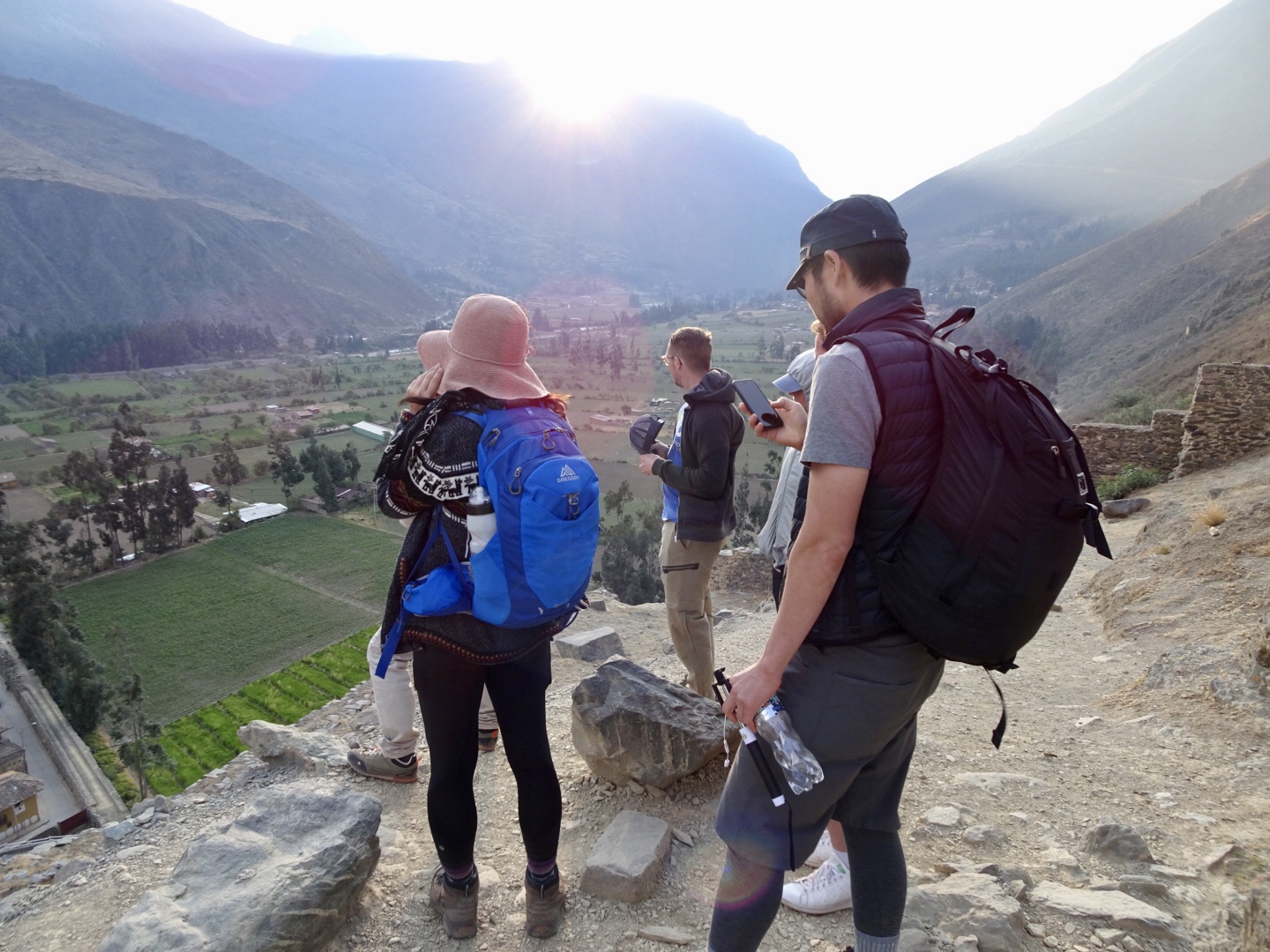I’m posting this entry a day later as I was too tired to finish it on the evening prior to our Inca Trail trek. The summary of my Inca Trail experience will come next! (Spoiler: It was rough)
After two days in Cusco we had an action packed day as we embarked on a tour with Sam Travel Peru to the Sacred Valley.
The Sacred Valley is a region within the Andes situated about 20 kilometres north of Cusco, extending from the villages of Pisac to Ollantaytambo, with the Urubamba River running through it. The Valley sits at an altitude between 2050 metres (6730 feet) and 3000 metres (9800 feet), so heading down here provides some relief from the dizzying altitude of Cusco and helps with acclimatization.
We were picked up from our hotel at 7:30 am and visited 5 sights over the course of our day, with a bonus stop at a local bar to try the regional alcohol.
Cochahuasi animal sanctuary
Our first stop was a sanctuary housing a number of rescued animals from around the Andes region. We were able to meet some llamas, a vicuna, Andean mountain cat, Andean bears, and a toucan.





These birds, the name of which I have forgotten, are monogamous for life. When one dies, the other passes away within the next week.

This long haired llama was named Bob Marley.

The most remarkable sight was the Andean condor, which has a wing span measuring up to 10 feet.

Pisac
Next stop was Pisac, to explore the Incan archaeological site. Our guide, Cliser, has been a fountain of knowledge and regaled us with a dynamic presentation on Incan history and the way sites such as Pisac were structured.


Moray
We later moved on to view the Inca site of Moray, which functioned as a greenhouse. Each terrace features a different microclimate depending on its particular elevation. It is believed that the Incas used this greenhouse to cultivate coca leaves and also to conduct research on optimal conditions for their crops.


Maras salineras (salt mines)
The striking Maras salt mines were our next stop. The descriptor of ‘mines’ is actually a misnomer as there is no real mining that occurs here. Rather, salt is extracted from a natural salted spring. The spring discharges a stream of water, which is diverted into salt pans and then evaporated to produce high quality salt. Each pan is owned by separate households or individuals, a couple of whom we observed tending to their pans.
There were several vendors at the site selling packages of salt, and we were able to pick up a bit of black salt to take home.



Chicha time!
Every place I’ve visited has its own regional alcoholic beverage. In parts of Central and South America such as the Sacred Valley, you will find chicha, a drink made of fermented corn.

Local bars with chicha in stock are identifiable by a tall pole topped with a red flag.


We tried a sampling of regular yellow corn chicha and a pink tinged version flavoured with strawberry.
At the back of the bar, we happened to spot a collection of chubby guinea pigs which I presume are on their way to becoming cuy (roasted guinea pig).

Ollantaytambo
We ended our day in Ollantaytambo, a small village where the train to Machu Picchu departs. It is full of tourists but still quaint and houses the large Sun Temple Incan archaeological site.


The history around the construction of this Incan site is again clouded in mystery. It is an intricate structure featuring massive stone blocks. How did the Incas manage to get them up there? Theories abound.




We stayed the night at a small basic hotel called Dona Catta Inn, in preparation for our early morning awakening the following day for our Inca Trail trek. I’ll write about it when I regain my strength from that crazy experience!
For now, good night.





Leave a reply to Photo essay: The dogs of Peru – I've bean travelling Cancel reply